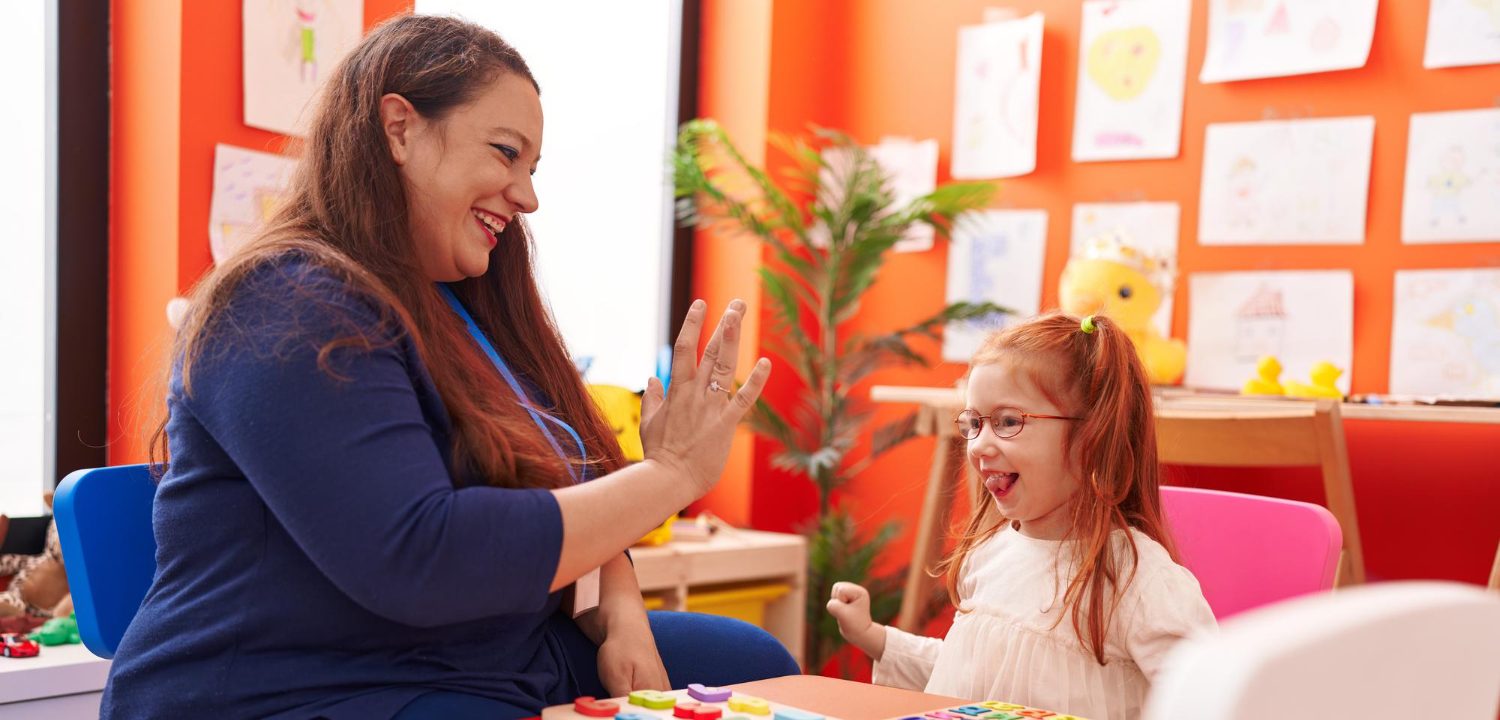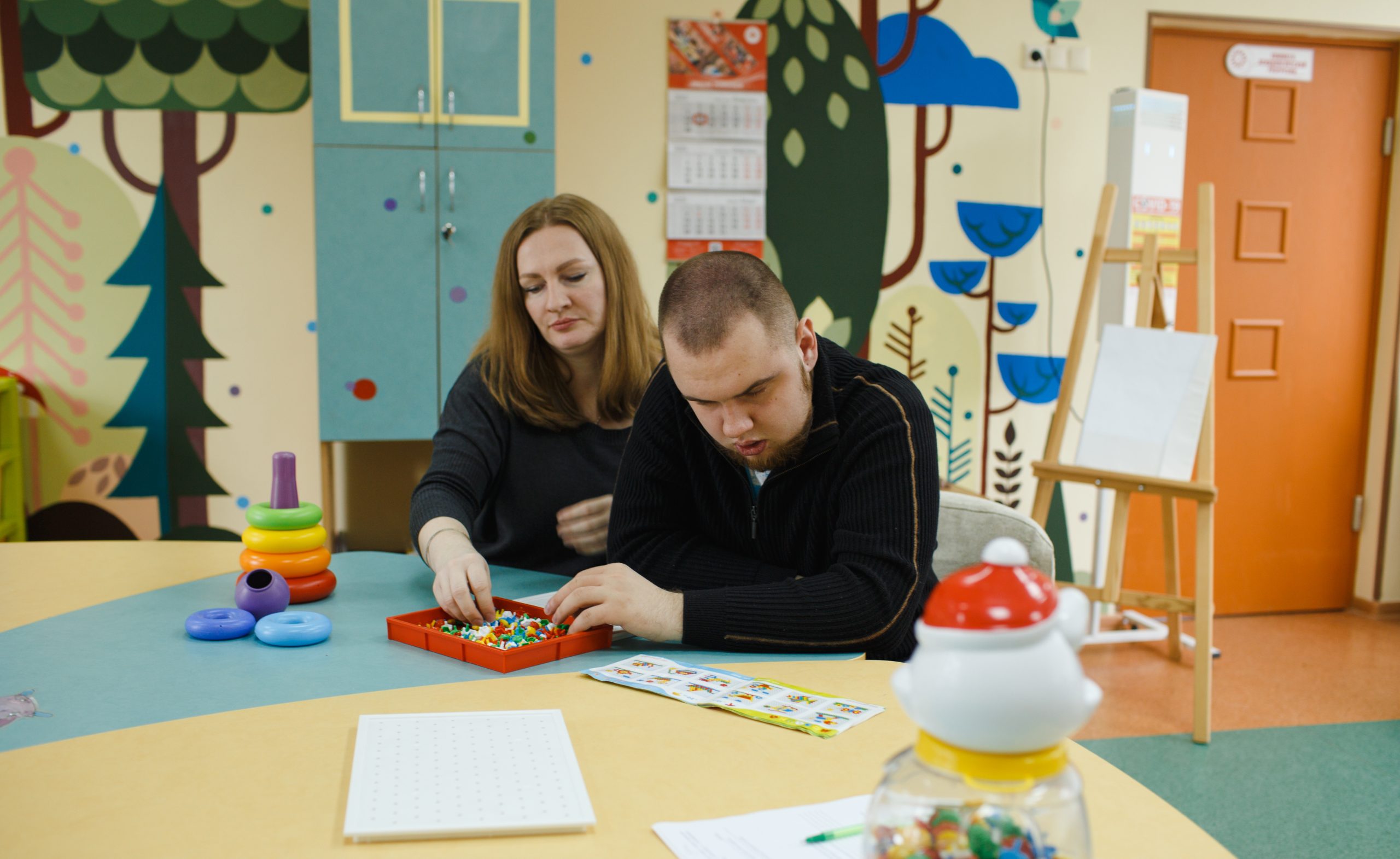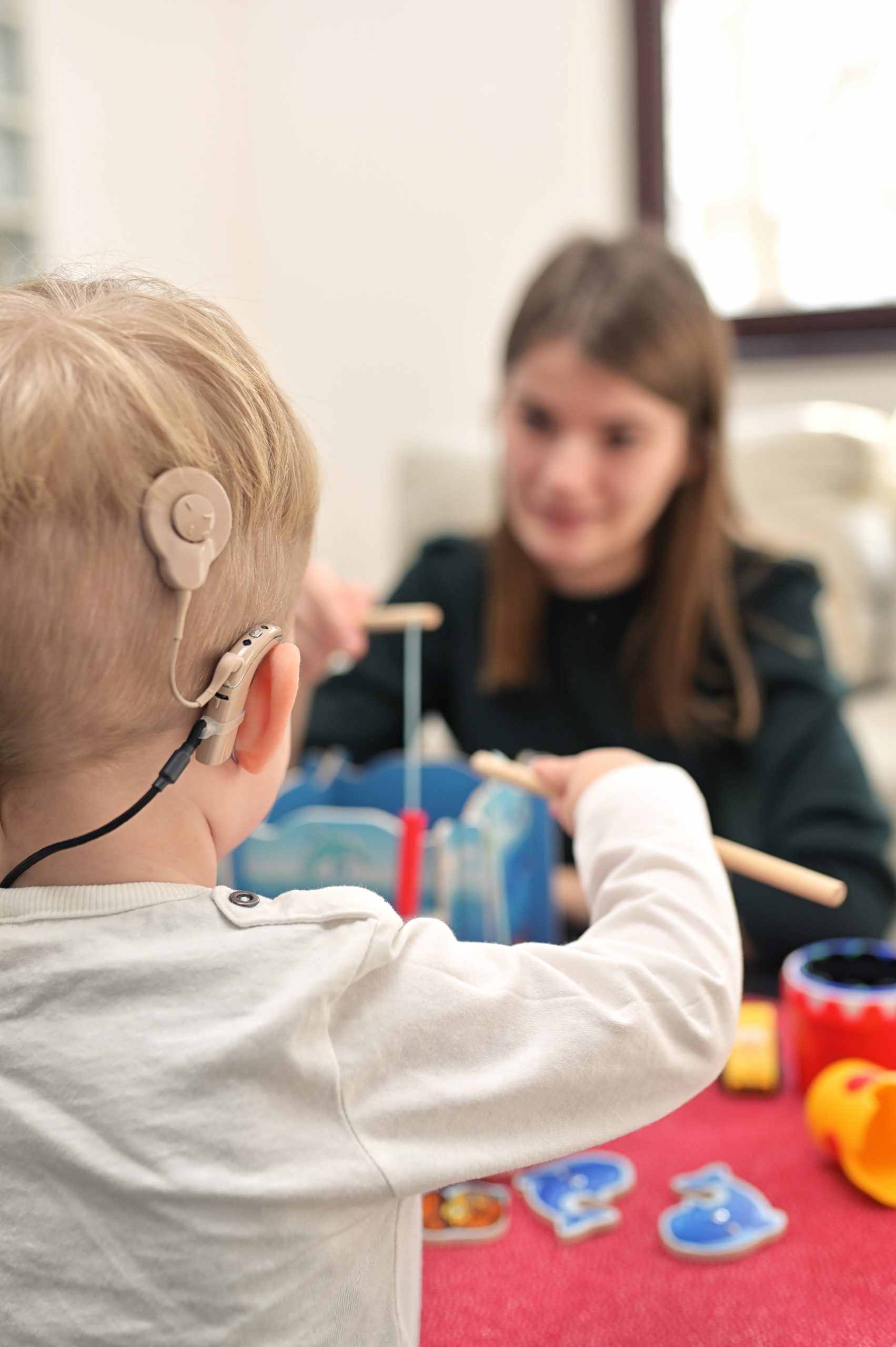Supporting students with Special Educational Needs (SEN) is a crucial aspect of creating an inclusive and effective learning environment.
Teaching assistants (TAs) play a vital role in ensuring that SEN students receive the individualised attention and tailored support they need to thrive academically, socially, and emotionally.
This blog will explore strategies that TAs can implement within the classroom to support SEN students effectively, ensuring that these students have the best possible educational experience.










